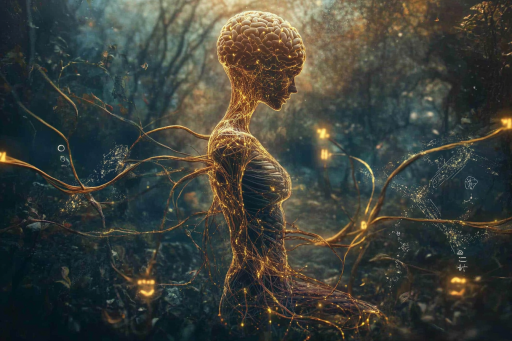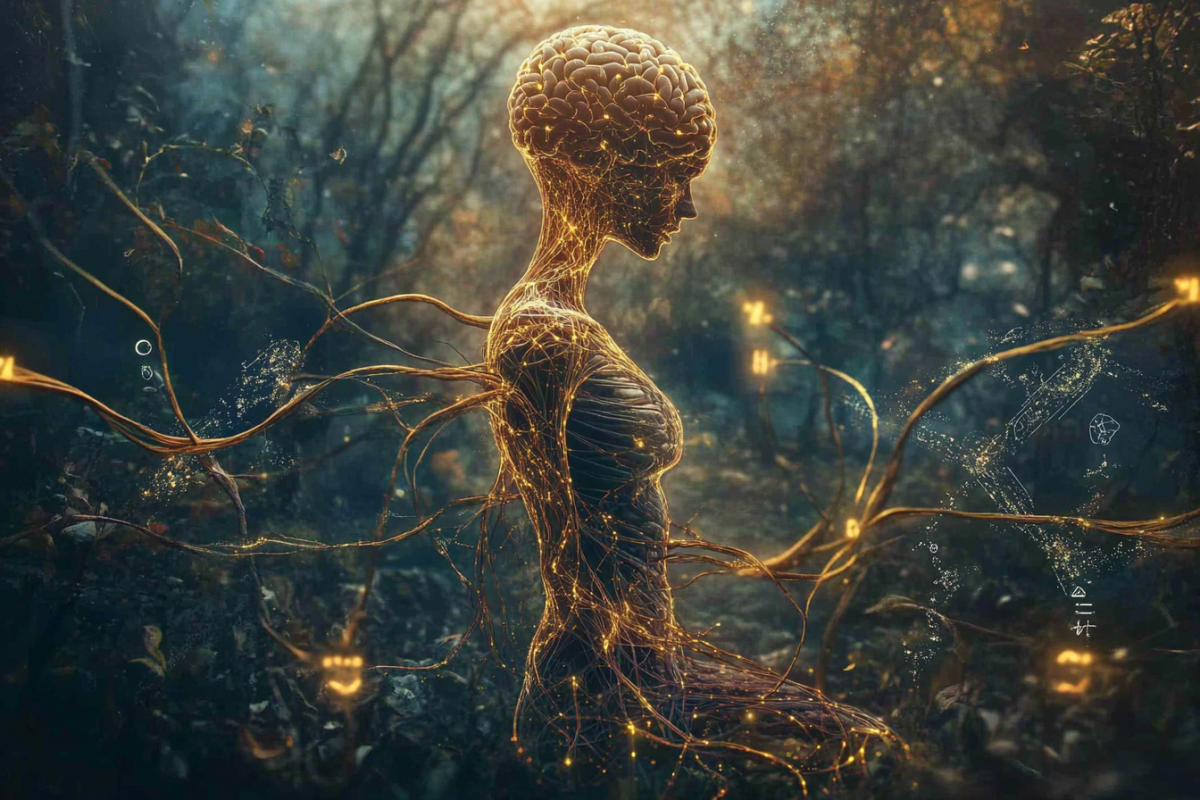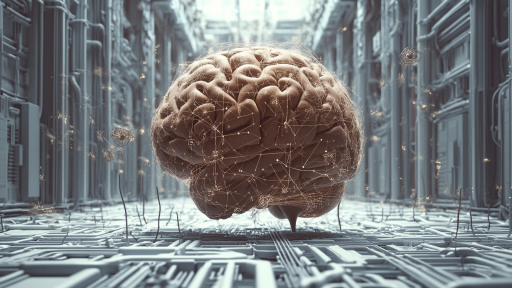
The human body is full of mysteries, some of which are stranger than anything found in science fiction. Beneath the surface of everyday functions lie bizarre, unexpected, and downright freaky biological quirks that most people have never heard of. From eerie abilities hidden in your DNA to odd facts about how your body repairs itself, these discoveries challenge everything we think we know. The more we explore human biology, the weirder it gets.
Your Stomach Has a Second Brain

Deep within your gut lies an intricate network of over 100 million neurons—more than the spinal cord. This “second brain,” called the enteric nervous system, helps control digestion, emotions, and even mood. Some scientists believe this gut-brain connection plays a role in mental health conditions like anxiety and depression. It turns out, trusting your “gut feeling” might be more scientific than superstitious.
Your Bones Are Stronger Than Steel

Pound for pound, human bone is stronger than steel, capable of withstanding immense pressure. A cubic inch of bone can bear a load of over 19,000 pounds—roughly the weight of five pickup trucks. Despite their strength, bones remain light and flexible enough to allow movement and absorb impact. The skeletal system is a true engineering marvel hiding in plain sight.
You Glow in the Dark (But Can’t See It)

The human body emits a faint glow, known as bioluminescence, but it’s nearly 1,000 times weaker than the human eye can detect. This invisible light is caused by metabolic reactions in cells, producing tiny bursts of photons. Using special imaging techniques, scientists have captured this eerie glow, which fluctuates throughout the day. Your body is quietly glowing at this very moment, even if you don’t realize it.
Your Brain Can Rewire Itself

Unlike a computer, which stays the same unless physically upgraded, the human brain can adapt and rewire itself throughout life. This ability, called neuroplasticity, allows people to recover lost functions after injury, learn new skills, and even strengthen or weaken memories. In extreme cases, patients who lose half their brain can still function relatively normally as the remaining half rewires itself. The brain isn’t just powerful—it’s one of the most flexible machines in existence.
Your Body Is Covered in Ancient Viruses

Embedded deep within human DNA are the remnants of ancient viruses that infected our ancestors millions of years ago. These viral “fossils” make up nearly 8% of the human genome and may influence everything from immune function to brain development. Some of these ancient viral genes are still active, playing a role in human reproduction and even memory formation. The past is literally written into your genetic code.
Your Liver Can Regrow Itself Like a Superhero

The liver is the only organ in the human body that can fully regenerate itself, even after losing up to 75% of its mass. This incredible ability allows people to donate parts of their liver, which then regrow in both the donor and recipient. Ancient myths of creatures regenerating limbs may not be so far-fetched—humans have their own version of this hidden power. If only the rest of the body could heal so efficiently.
Your Skin Sheds Almost 40,000 Cells Every Minute

Every single minute, your skin sheds tens of thousands of dead cells, creating a constant microscopic snowfall. In fact, most of the dust in your home is made up of dead skin flakes. Your entire outer skin layer is replaced roughly every 27 days, meaning you have an almost entirely new skin surface every month. The body is always renewing itself—even when you don’t notice.
Your Heart Creates Enough Energy to Power a Small Lightbulb

The human heart generates about 1 to 2 watts of electricity, which is enough to power a small lightbulb. Over a lifetime, your heart produces enough energy to drive a car around the world more than once. This relentless pump never stops working, beating more than 100,000 times per day to circulate blood through 60,000 miles of vessels. If your heart had an off-switch, there’d be no turning it back on.
Some People Can Hear Their Own Eyeballs Moving

A rare condition called superior canal dehiscence syndrome (SCDS) allows people to hear sounds from inside their own bodies—like their heartbeat, joints moving, and even their eyeballs shifting. This eerie phenomenon is caused by a tiny hole in the inner ear, which amplifies normally inaudible internal noises. For those with SCDS, blinking can sound like a drumbeat, and moving their eyes feels like listening to footsteps in their own head.
Your Blood Is Never Actually Blue

Despite what veins may appear to show, human blood is always red—it never turns blue. The reason veins look blue beneath the skin is due to how light interacts with your tissues, not because of the color of the blood itself. Oxygen-rich blood is a bright red, while oxygen-depleted blood is a darker shade, but it never actually shifts to blue. The blue-blood myth is one of the most widespread medical misconceptions in history.
Your Teeth Are Just as Strong as Shark Teeth

Despite their size difference, human teeth are nearly as strong as those of a great white shark. Enamel—the outer layer of teeth—is the hardest substance in the human body, designed to withstand crushing forces for a lifetime. With proper care, human teeth can last just as long, if not longer, than those of some of the ocean’s most fearsome predators. The real difference? Sharks can regrow lost teeth, while humans only get one permanent set.
The Body is a Living Mystery

No matter how much we think we know, the human body always finds new ways to surprise us. Hidden within our cells, organs, and DNA are secrets waiting to be uncovered, proving that life itself is an ongoing experiment. Science may explain much of what makes us tick, but some mysteries remain just beyond our reach. Perhaps the strangest discoveries about the human body are still yet to come.





